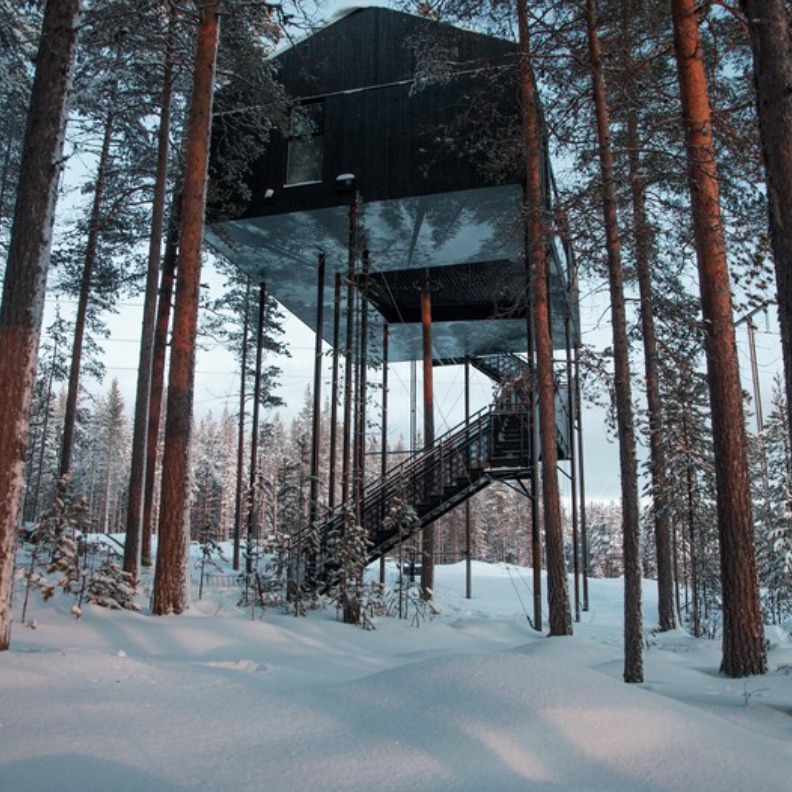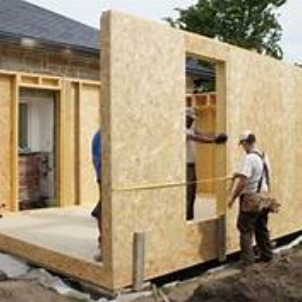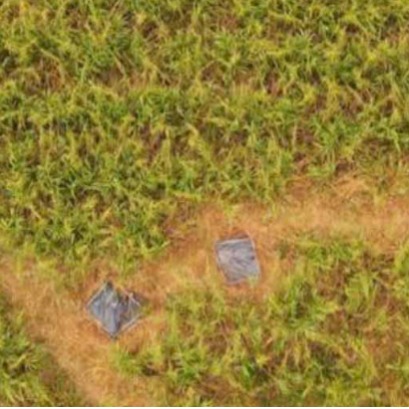
Build between branches: a sample of contemporary architecture of houses in the trees
Despite their capricious appearance, houses in the trees offer a unique platform for structural innovations and design explorations.
In fact, houses in traditional trees depend on the trunks of the trees for structural support, but, to relieve the load supported by the tree, contemporary projects often introduce complementary systems such as piles seeking to maintain their image while offering additional support. One of the main advantages of raising them in this way is the reduction of the environmental footprint. Houses on trees can be designed to leave the soil of the intact forest, preserving small -scale ecosystems. By releasing the ground below, they minimize native flora and fauna interruptions, allowing nature to prosper without being disturbed. Similarly, many architecture professionals use local topography to create fluid connections, incorporating ramps, stairs or bridges that are integrated with the landscape. These solutions not only improve accessibility, but also enrich the general experience creating an architectural walk that extends between the house in the tree and its surroundings. This sensitivity to the environment is reflected not only in structural design, but also in the careful selection of materials. The use of natural materials such as wood, also helps the structure merge with its environment. Some designers have gone further using alternative materials such as mirror panels to reflect the surrounding forest and completely hide the presence of the house in the tree, demonstrating that the choice of material can contribute to creating a project that feels like an extension of its environment instead of an imposition on it. This collection highlights notable examples from Sweden, Denmark, Indonesia and France, showing its various approaches.
IT MAY INTEREST YOU
 Renovations, construction of houses and extensions made of wood gain speed, comfort and efficiency in the country
Renovations, construction of houses and extensions made of wood gain speed, comfort and efficiency in the country
In private neighborhoods, the Coast, the Coast and Patagonia, the choice of homes with dry works is growing. Speed, low environmental impact and energy savings.
 They present the Elárbol project in the Ecology Cycle
They present the Elárbol project in the Ecology Cycle
The transmedia initiative reflects the importance of Argentine native flora and focuses on the carob tree as an emblem tree. Today, at 6:�� p.m., at the Argentine Library This Thursday, October 3�, at 6 p.m., the Elárbol project is presented in the Ecology Cycle coordinated by Sergio Rinaldi at the Argentine Library.
 Vida Silvestre and ArgenINTA promote a national consultancy for the restoration of forest landscapes in Argentina
Vida Silvestre and ArgenINTA promote a national consultancy for the restoration of forest landscapes in Argentina
The Argentine Wildlife Foundation and the ArgenINTA Foundation signed a technical cooperation agreement to begin a consultancy aimed at the Restoration of Forest Landscapes (FPR) in the seven forest regions of the country. The work seeks to generate technical and scientific inputs that guide the design of provincial and national restoration programs, in support of the implementation of Law No. 26,331 on Native Forests.


















